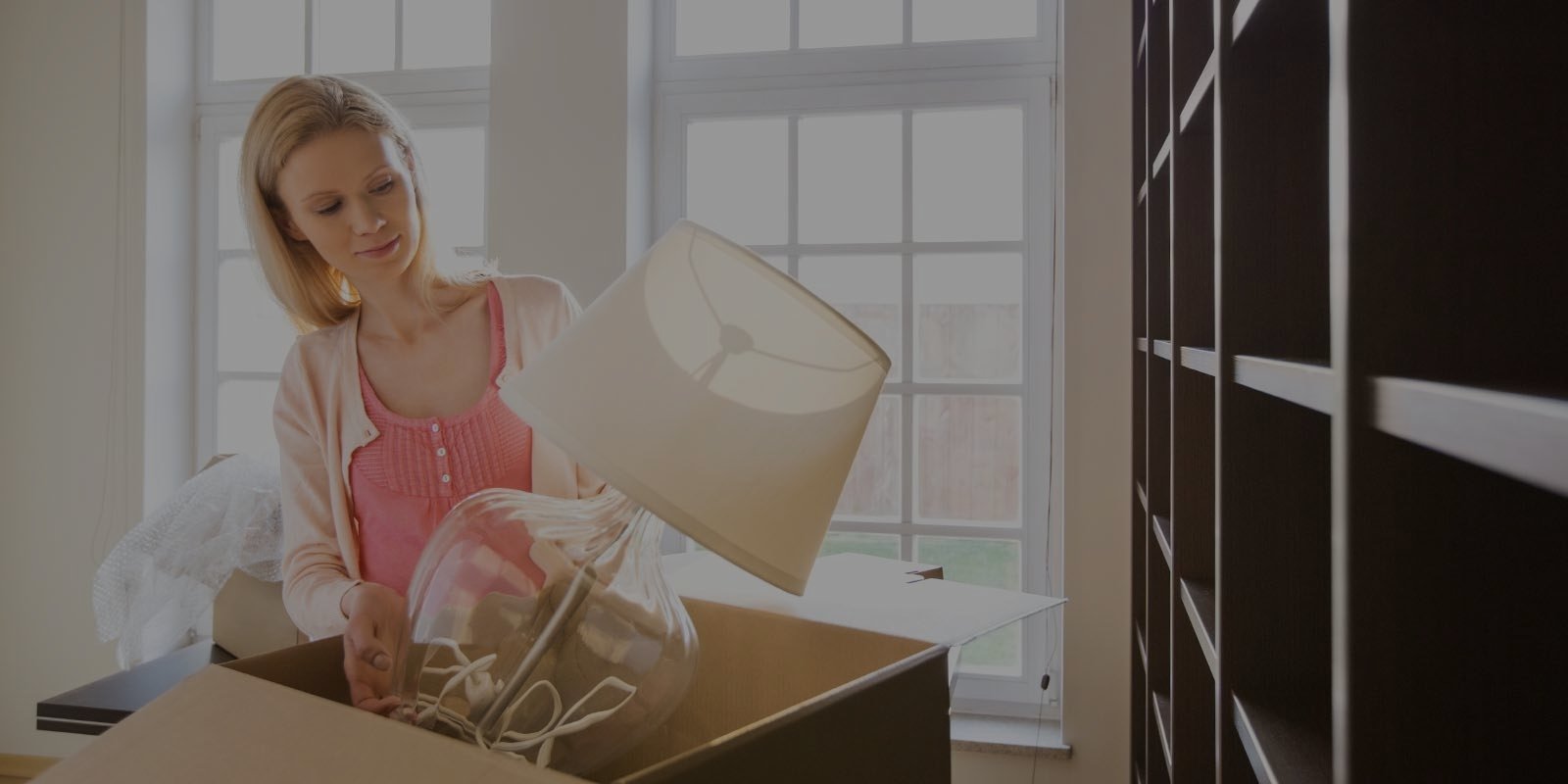Expert Tips for Sofa Storage: A Guide to Lasting Conditions
Posted on 01/06/2025
Expert Tips for Sofa Storage: A Guide to Lasting Conditions
Storing a sofa properly is crucial for maintaining its condition, whether you're decluttering your home, moving, or simply looking to preserve your precious furniture for future use. In this comprehensive guide to sofa storage, we'll provide expert tips to help ensure your sofa stays in optimal shape, free from damage and deterioration. From choosing the ideal storage unit to safeguarding against moisture and pests, this article is your ultimate reference for lasting sofa storage solutions.
Why Proper Sofa Storage Matters
Your sofa is often one of the most cherished and expensive pieces in your living space. Improper storage can lead to mold, fabric fading, pest infestation, odors, and even structural damage. Maximizing the lifespan of your sofa starts with understanding the fundamentals of furniture care when it's not being used daily.
- Extend furniture lifespan
- Protect investments from environmental threats
- Ensure quick and easy reuse when retrieved
The Risks of Poor Storage Conditions
Leaving your sofa in a damp garage, dusty attic, or an inadequately sealed area can cause:
- Mildew and mold buildup
- Unpleasant odors
- Material deterioration
- Warped frames or legs
- Fabric discoloration

Preparing Your Sofa for Storage
Proper preparation is the first step in optimal sofa storage solutions. These prep techniques will help shield your sofa from the typical threats found in storage environments.
1. Deep Cleaning the Sofa
Before you store a sofa, always thoroughly clean it. Dust, crumbs, moisture, and oils can attract pests and promote mold growth.
- Vacuum all surfaces, including cushions, frame, and cracks
- Use fabric or leather-compatible cleaner for stains
- Allow all parts to dry completely
Tip: Sprinkle baking soda generously on fabric areas, let it sit for at least 15 minutes, and then vacuum it up to help eliminate odors.
2. Disassemble When Possible
If your sofa allows, gently disassemble it to make transportation and storage safer and more efficient.
- Remove cushions, legs, and detachable arms
- Keep screws and small parts in a clearly labeled bag
- Stack components carefully to prevent deformation
3. Wrapping and Protecting Your Sofa
To prevent dust, moisture, and abrasion, wrap each part of the sofa appropriately.
- Furniture pads or moving blankets: Offer a thick, breathable layer that avoids trapping excess humidity
- Bubble wrap: Use to protect wooden or exposed metal parts from dings
- Plastic wrap: Use only as a secondary cover, never wrapping tightly over fabric to avoid condensation and mold
Never use shrink wrap directly on upholstered surfaces, as it traps condensation and encourages mold. Always choose breathable materials for sofa storage covers.
Selecting the Right Storage Conditions
Not all storage units are created equal. The right environment is essential to store a leather sofa or fabric couch without risk of degradation.
1. Choose a Climate-Controlled Storage Unit
Temperature and humidity fluctuations are major enemies of sofa longevity. Opt for a climate-controlled unit that:
- Keeps temperatures between 55-75?F (13-24?C)
- Regulates humidity below 50% to prevent mold
- Reduces pests and dust accumulation
Storing a sofa in a non-climate-controlled area, like a basement or attic, increases the risk of irreversible damage.
2. Avoid Direct Sunlight and Heat Sources
- Position sofas away from unit windows or doors where sunlight enters
- Never store near radiators, heating vents, or other appliances
- Use UV-protection covers for extra shield
Correct Placement During Storage
The way you position your sofa inside the storage unit matters. Proper placement protects both structure and surface.
1. Elevate the Sofa Off the Floor
Moisture from concrete floors can seep upwards, causing warping or mildew.
- Lay wooden pallets, plastic risers, or blocks under the sofa
- If stacking boxes, place heavier items at the bottom, never atop your sofa
2. Avoid Piling Heavy Objects On Top
Placing heavy boxes or furniture on your sofa can crush cushions, warp the frame, and leave permanent indentations.
- Reserve nearby space for other lightweight items such as pillows or throws
- Maintain clear air flow: A gap of a few inches off the walls allows ventilation
Preventing Pests and Mold
Upholstered furniture is particularly attractive to pests and susceptible to mold.
1. Use Pest Deterrents
- Place natural deterrents (cedar blocks, lavender sachets) around the sofa
- Avoid edible items or scented air fresheners that might attract rodents
- Seal any storage unit entry points and check regularly for signs of intrusion
2. Manage Humidity
- Use moisture absorbers or silica gel packets under or near the sofa
- Open the storage unit periodically to allow fresh air circulation if possible
Best Practices for Long-Term Sofa Storage
If you're storing your sofa for more than a few months, take these extra steps for effective long-term sofa preservation:
- Inspect every 3-6 months for mold, pests, or cover tears
- Re-tighten frame bolts and dust surfaces on each visit
- Rotate position (if possible) to prevent uneven pressure on legs or cushions
- Replace silica gel or dehumidifier packs regularly
Insurance and Documentation
Accidents can happen. For peace of mind when using a storage facility:
- Photograph your sofa inside and out prior to storage
- Record all serial numbers, makes, and models
- Check your home or storage facility insurance for furniture coverage terms
Special Storage Considerations for Sofa Types
1. Storing Leather Sofas
Leather is sensitive to temperature, humidity, and sunlight. Store a leather sofa with these points in mind:
- Apply a leather conditioner before storage
- Avoid direct contact with plastic covers; use soft, breathable fabric sheets
- Maintain extra moisture absorbers nearby to avoid cracks or mildew
2. Storing Fabric or Upholstered Sofas
- Clean with appropriate cleaners--test on small areas first
- Wrap with padded blankets and a light cotton sheet on top
- Ensure complete dryness before wrapping to prevent musty odors
3. Storing Antique or Delicate Sofas
- Consult restoration experts if the piece is valuable
- Wrap gently with acid-free paper under blankets
- Never stack or compress against other items
How to Retrieve and Restore Your Sofa After Storage
When it's time to bring your sofa back home, proper restoration ensures it's fresh and ready for use.
- Unwrap carefully, inspecting for pests or dampness
- Vacuum and (if needed) spot-clean surfaces again
- Allow to air out for several hours in a well-ventilated room
- Reassemble removed parts, checking all connections
- For leather sofas, consider another layer of conditioner

Bonus Tips for Hassle-Free Sofa Storage
Here are final notes to keep your investment looking its best:
- Label parts and wrap multiple sofas individually to avoid confusion and tangling during transport
- Periodically refresh sofa covers for added protection
- Document serial numbers and manufacturer details for rental or resale purposes
Conclusion: Sofa Storage Made Simple and Effective
From deep cleaning and correct wrapping to picking the right storage environment, each step plays a vital role in preserving your furniture. Follow these expert sofa storage tips and you'll ensure your sofa stays in lasting, showroom-worthy condition, ready for its next chapter in your home.
Effective sofa storage is a combination of preparation, environment, and ongoing care. Protect your investment, save money, and rest easier knowing your sofa--whether leather, fabric, or antique--remains as beautiful as the day you stored it.
For more furniture care advice and storage solutions, keep exploring our expert guides!







